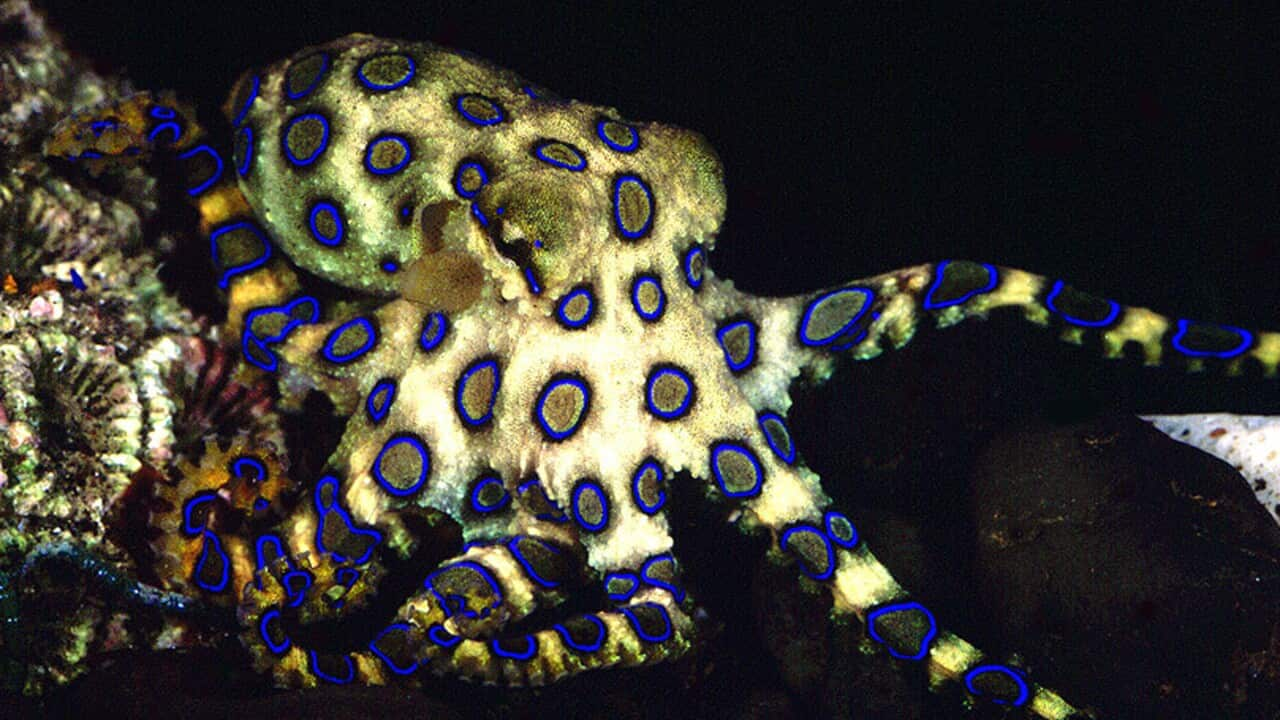Key Points
- A potentially life-threatening allergy called the Mammalian Meat Allergy is induced by a tick bite.
- Unlike other allergies, the symptom onset is delayed, appearing up to six hours after eating red meat.
- No cure or treatment exists, but the illness is preventable by avoiding ticks or safely removing them if bitten.
Experts are urging Australians to be more aware of the protective strategies around tick bites to decrease vulnerability to a potentially fatal meat allergy induced by a tick bite.
Tick season in Australia begins in July and continues into the summer. With that comes the increased risk of tick-borne illness.
In the absence of vaccines, experts say that risk can be reduced - and even eliminated - with tick bite prevention.
What is the link between tick bites and red meat allergy?
Tick bites can induce an allergic reaction called the Mammalian Meat Allergy (MMA).
Symptoms can show up between four and six hours after eating mammalian meat, including red and white meat such as beef, lamb, pork, kangaroo and rabbit.
Other items that can set off symptoms include mammalian milk products and animal-derived gelatin, which is also found in intravenous blood substitutes such as gelatin colloid. A full list of foods to be avoided if an individual has MMA is .
The delayed onset of symptoms is what distinguishes it from a tick allergy that occurs at the time of bite from an adult tick.
Professor Daniel Christ from the Garvan Institute of Medical Research has studied the structure of the allergen - a sugar molecule called alpha-galactose or alpha-gal - and also the antibody response.

Professor Daniel Christ (right) says identifying the antibody at play reveals a common pattern in different people that points to a genetic contribution in MMA. Credit: Garvan Institute
"Almost all living beings, including other mammals, in fact, produce this sugar. It's really only humans and higher primates that lost the capacity to produce this sugar molecule during evolution. We don't quite know why this happens," he said.
"When we get bitten, our immune system recognises this molecule as foreign and we get sensitised. And then at a later stage - and that could be weeks to months later - after we eat meat, we can then have this reaction. And that reaction can be quite severe."
The associated gut symptoms are similar to irritable bowel syndrome. Avoiding further tick bites can allow a person to recover and return to meat consumption within three to four years. Once free of symptoms, another tick bite can reactivate the process again.
Is there a treatment for the Mammalian Meat Allergy?
Christ says he and his colleagues are working on a treatment, but that it's still in an early stage.
"We're working on in vitro models. We would hope that within a range of years, this would come into clinical trials, and then eventually treatments."
Clinical immunologist Professor Sheryl van Nunen documented the first global case of MMA in Sydney in 2007.
The convenor of the Tick Induced Allergies Research & Awareness (TiARA) says immune susceptibility will differ among individuals along a spectrum, adding that many are likely unaware they have the allergy.
"We did a study some years ago and it showed our [Australia's] prevalence [for MMA] is 113 per 100,000. But it is probably higher than that at the moment", she said.
"About 60 per cent of Australians are potentially exposed to tick bites in that they live in the 30 kilometres or so east of the Great Dividing Range. The tick requires humidity and a wet autumn for numbers to be in plague proportions."
A population survey has yet to be produced to aid surveillance efforts due to funding barriers. She says at this stage the most cost-effective public health intervention is tick bite prevention.
"This is the only allergen in the world where we know what causes it, and therefore the only allergen in the world where we can stop you getting it in the first place - and prevent it."
In its Australia's national science organisation CSIRO found that climate change and changing land use are increasing the global incidence of tick-transmitted diseases. Cases have been recorded in more than 32 countries across six continents.
How can you protect yourself from tick bites?
The number one prevention strategy is to avoid areas where ticks live.
Wearing protective clothing, particularly bonded with permethrin, covering the arms and legs when in outdoor areas is also strongly recommended.
Light-coloured clothes make it easier to see ticks, while tucking shirts into trousers and trouser legs into socks reduces skin exposure.

Tick-related allergies are the reason people present to hospital emergency departments, particularly in places where the ticks are most abundant. Globally, there are almost 900 species of tick. Source: AAP / Julian Stratenschulte
It is recommended that the entire body - particularly the neck and scalp - is checked daily for tick bites. Humans and pets may not feel the tick bite initially, but once it starts to feed on blood there can be reactions to the salivary compounds.
What should you do if you get a tick bite?
Care needs to be taken when removing a tick bite to avoid more tick saliva being injected, which risks death from a severe case of tick anaphylaxis or MMA.
Van Nunen says the key action is to refrain from touching or forcibly dislodging the tick.
"Freeze it, don't squeeze it," she said, advising against people using their own household tweezers to remove the tick.
"You freeze the tick [where it is] and you wait for it to drop off."
Ether-containing sprays available at pharmacies can be used to freeze the tick. The tick must be sprayed five times, holding the spray 1cm above it.
If the tick fails to dislodge itself after being sprayed, a health professional can use fine-tipped forceps to safely remove it without risking further saliva being injected into you. Improper or unsafe removal risks tick anaphylaxis or MMA, both of which could be potentially fatal.
What is the most dangerous tick species in Australia?
In Australia, there are 70 types of ticks, but the tick that is most implicated in medically significant tick bites is the Australian paralysis tick (Ixodes holocyclus).
This tick is responsible for more than 95 per cent of tick bites in humans in eastern Australia. Saliva from this tick can result in "fatal anaphylaxis, paralysis, and death", according to the federal health department.
There were four deaths from tick anaphylaxis in Australia between 1997 and 2013. Tick-related allergies are the reason people present to hospital emergency departments, particularly in places where the ticks are most abundant.
The Australian paralysis tick is found in high numbers on almost the entire length of the eastern seaboard of Australia, within 20 kilometres of the coast.
It has also been found inland, including the Bunya Mountains, Barcaldine, and Thargomindah in Queensland and the Lower Blue Mountains in New South Wales.






